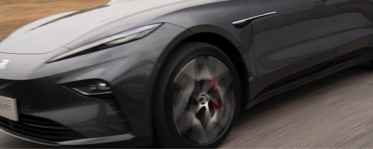Translation
Before today, it was difficult for me to compare three cars in different price ranges: 1 million, 500,000, and 300,000 yuan. As the saying goes, the difference in price implies a gap in product performance. In the past, this sentence would have been a complete statement, but not today. Today, I want to put a slight question mark on this sentence, because in this “three-way comparison”, why did F7 become a “nail”?
—Preamble

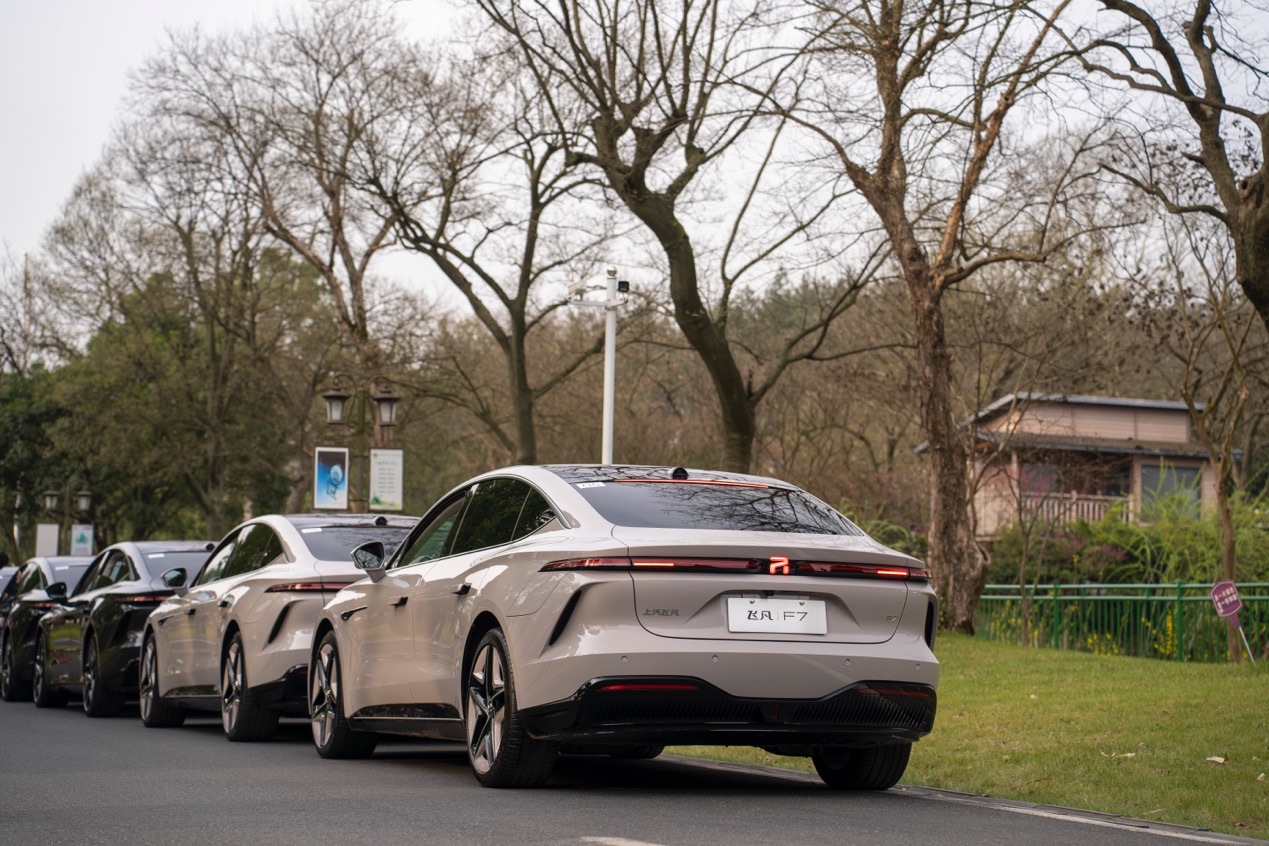
Today, I was invited to participate in the test drive of the RisingAuto F7 in Guangde City. As one of the prospective car owners, I was very excited to get my hands on the F7 for the first time. Since I joined the car enthusiasts’ exchange group at the beginning of the reservation period, the results of my test drive will also to a large extent affect the purchasing intentions of other prospective car owners. I will try my best to provide everyone with a reference based on my real experience. The theme of this comparison is Mercedes-Benz S, NIO ET7, and RisingAuto F7, of which F7 is the main focus, so I will compare it with the other two cars.
“The Unbridgeable Gap between Acceleration Experience and Oil-electricity”
I know that it’s not fair to compare gas and electric vehicles in terms of acceleration. With the RisingAuto F7 Four-Wheel Drive (4WD) version’s 3.7s and NIO ET7’s 3.8s, both of them are like low blows. I also know that there will be someone who will criticize this, saying that the internal combustion engine of the Mercedes-Benz S has an advantage in high-speed and terminal power output. However, under normal driving conditions, the demand for “acceleration performance” generally appears in two aspects: starting and mid-range acceleration. The characteristics of instant torque produced by an electric motor can perfectly match these two demands. So that’s not a problem. RisingAuto also arranged an acceleration experience section for us on site. I am not very interested in the officially specified data on how fast it can go, because 400kW of power is already sufficient for our daily use. Instead, I am more concerned about the matching between the accelerator pedal and power output, as well as the delay in power output.
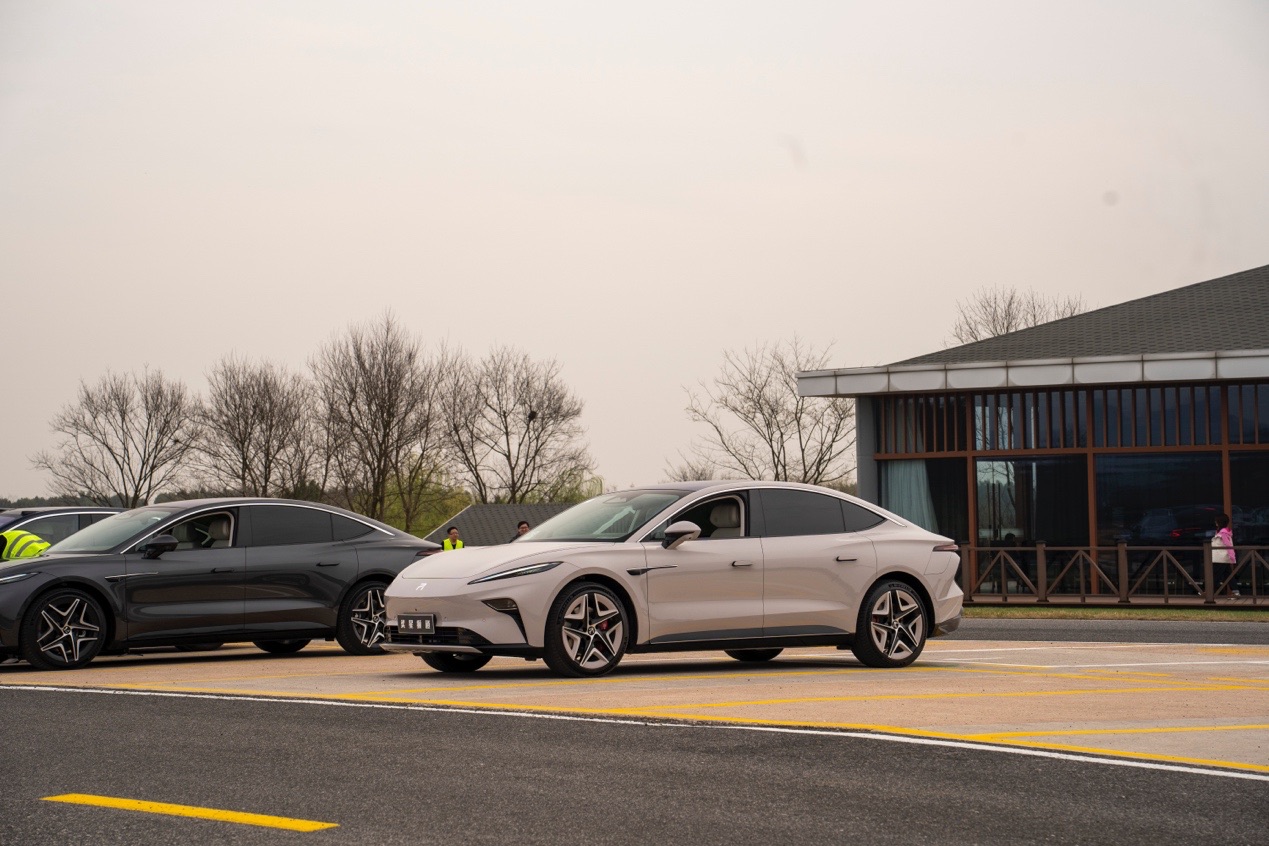
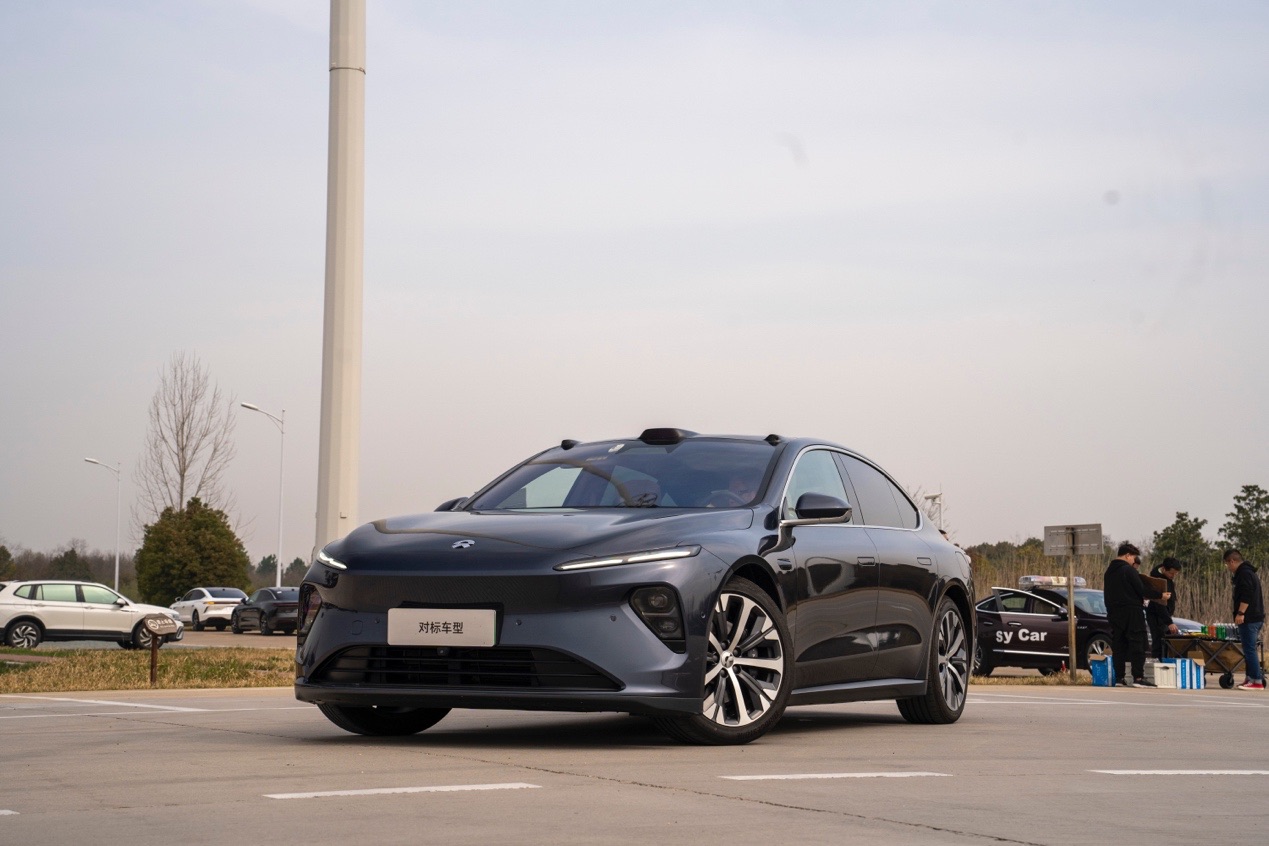


When it comes to pedal-to-power matching, the adjustment of F7’s acceleration mode is worth mentioning. The acceleration setting from slow to fast can be adjusted infinitely with a slider, which means that everyone can find a suitable acceleration mode. I prefer to set it to “adaptive mode.” When the pedal is pressed less than one-third, the acceleration sensation of F7 is very gentle. When the pedal is pressed more than half in a short period of time, the front and rear 400kW motors will be eager to move, and the power response will no longer be a lazy response to the right foot, but becomes very direct and decisive. Therefore, I think the pedal-to-power matching of F7 is very integrated, linear, and easy to control. As for the power output delay, there must be some, but I personally think it is not very obvious, at least better than ET7.
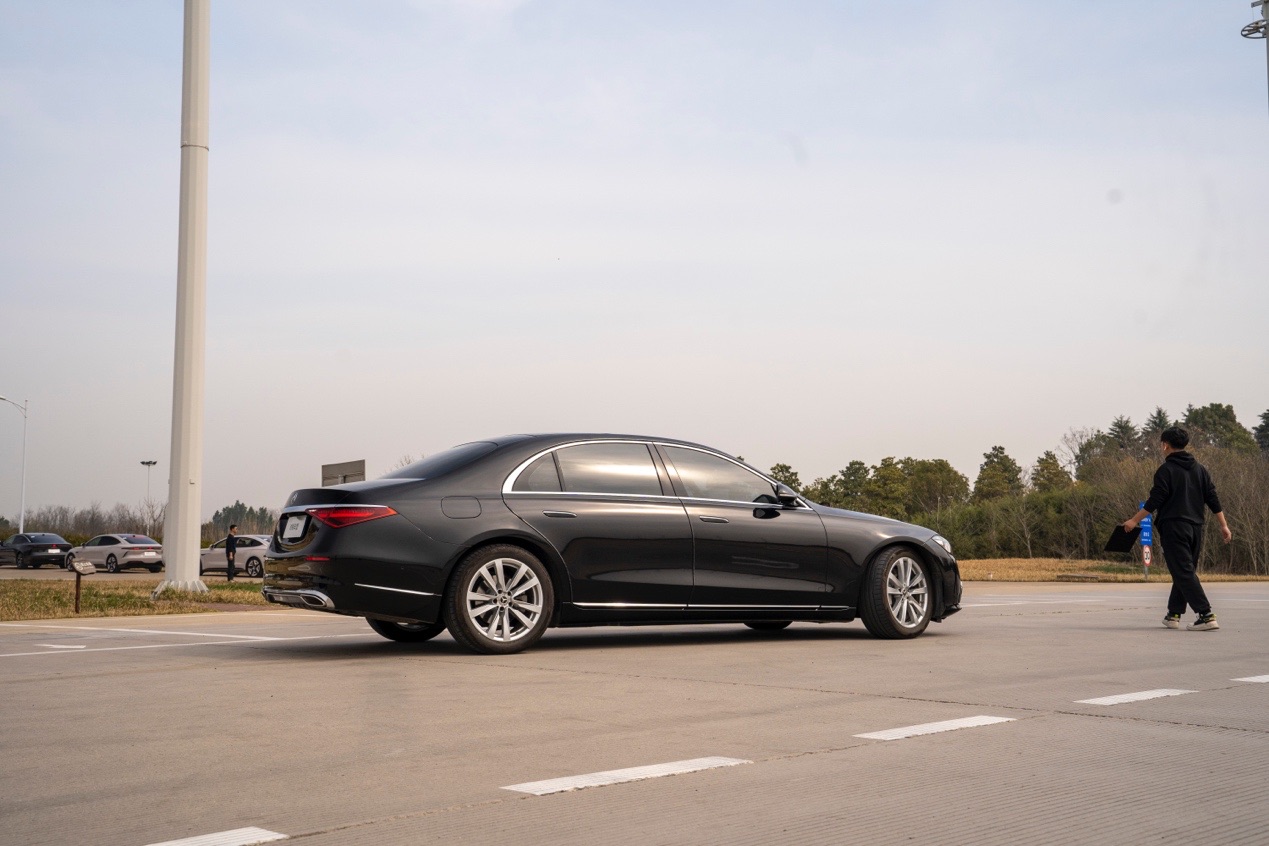
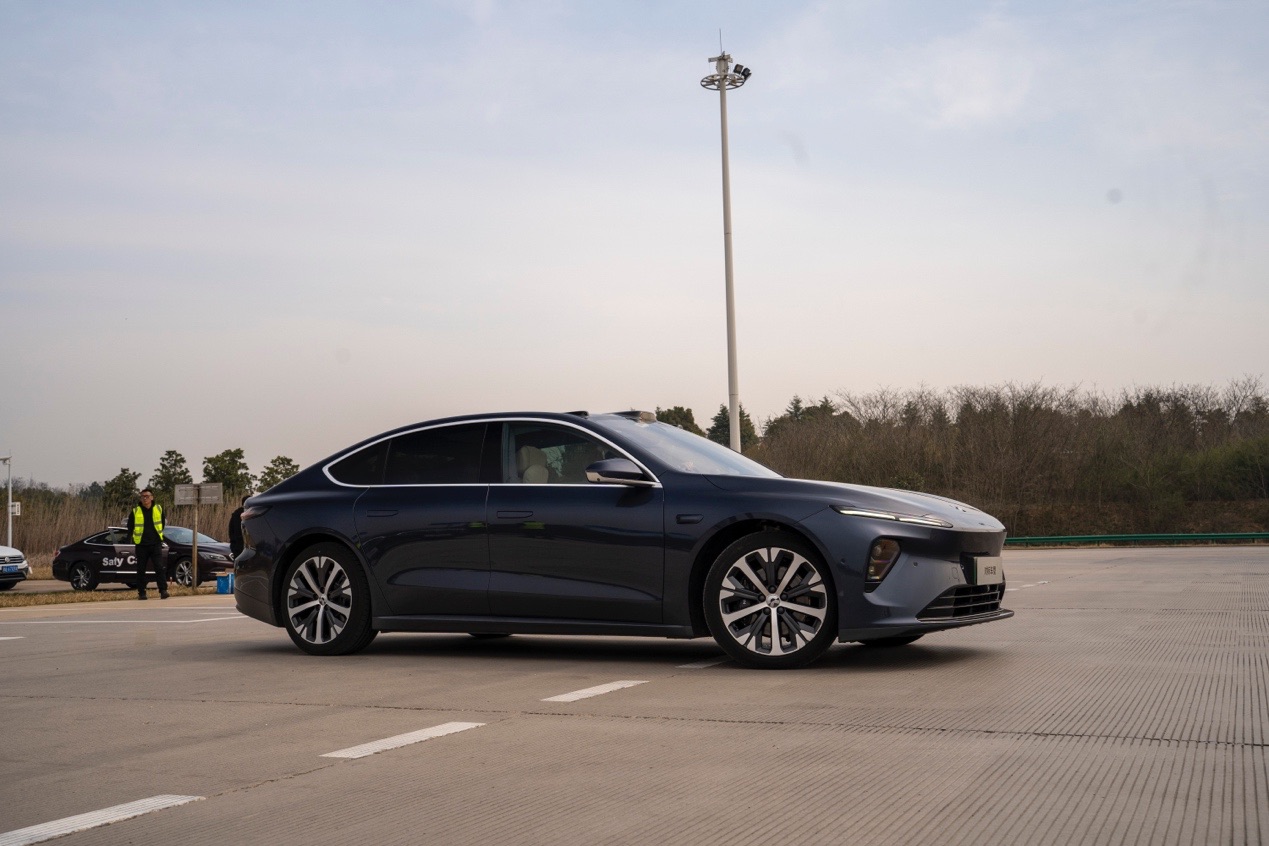
Compared with the extreme balance sensation of F7, Mercedes-Benz S and NIO ET7 are completely in the opposite direction: Mercedes-Benz S’s acceleration is relatively soft and slow, but its suspension makes it easy to cope with the weight shift during rapid acceleration, and its main feature is consistent power and stable posture; NIO ET7’s zero-to-one-hundred acceleration is very fast, but the body sensation of handling acceleration and re-acceleration can only be described as very ordinary, especially the rear axle support at the moment of starting, which makes the air suspension on the car look somewhat awkward. The pedal response during the middle acceleration is not as sensitive as that of the Mercedes-Benz S and F7.”Experiencing Rough Road Conditions: Mechanical Suspension vs Air Suspension”
During the event, I drove three cars on five different road surfaces, including gravel roads, rumble strips, and washboard roads. On the washboard roads, I could clearly feel the advantage of the Mercedes-Benz S and NIO ET7’s air suspension, which provided excellent vibration damping for road debris. The passengers in the cars could feel the excellent isolation brought by the suspension. However, the passive air suspension combined with the level of adjustment made it difficult for the ET7 to handle the after shocks on the rumble strips, while the S-series performed better. The F7, which uses a mechanical suspension, did not perform as well in terms of isolation, but the use of a specially designed and optimized (Baibuke) hydraulic bushing allowed for excellent shrinkage-damping suppression with the up-and-down motion of the suspension on the rumble strips. To my surprise, when tested on gravel roads and washboards, the resonance control of the F7 was very good. The vibrational feedback transmitted to the seat and steering wheel was slightly better than the ET7, and in some ways, the F7’s assembly technology should be excellent.
“Experience on Open Roads: Comfortable Driving and Riding Experience”
On this test drive, I only drove the F7 on the open road section. My conclusions about the experience of driving the Mercedes-Benz S and NIO ET7 were based on previous test drives and were subjective impressions. Please forgive me for that. The ‘Baroque Seat’ in the F7’s ‘Bach Cockpit’ was something I had experienced in person before looking at the car. It is spacious and solid, and I had previously claimed that the F7 was the most comfortable car to ride in at the 300k price point. Even compared to NIO’s slightly inferior riding comfort at the 500k price point. My needs for seats were no longer limited to physical hardware such as “heating, ventilation, and massage”. It has become more important that the seat design make the driving experience less tiring. The F7’s ergonomic design did an excellent job of that, which is one of the reasons why I decided to pre-order the F7.”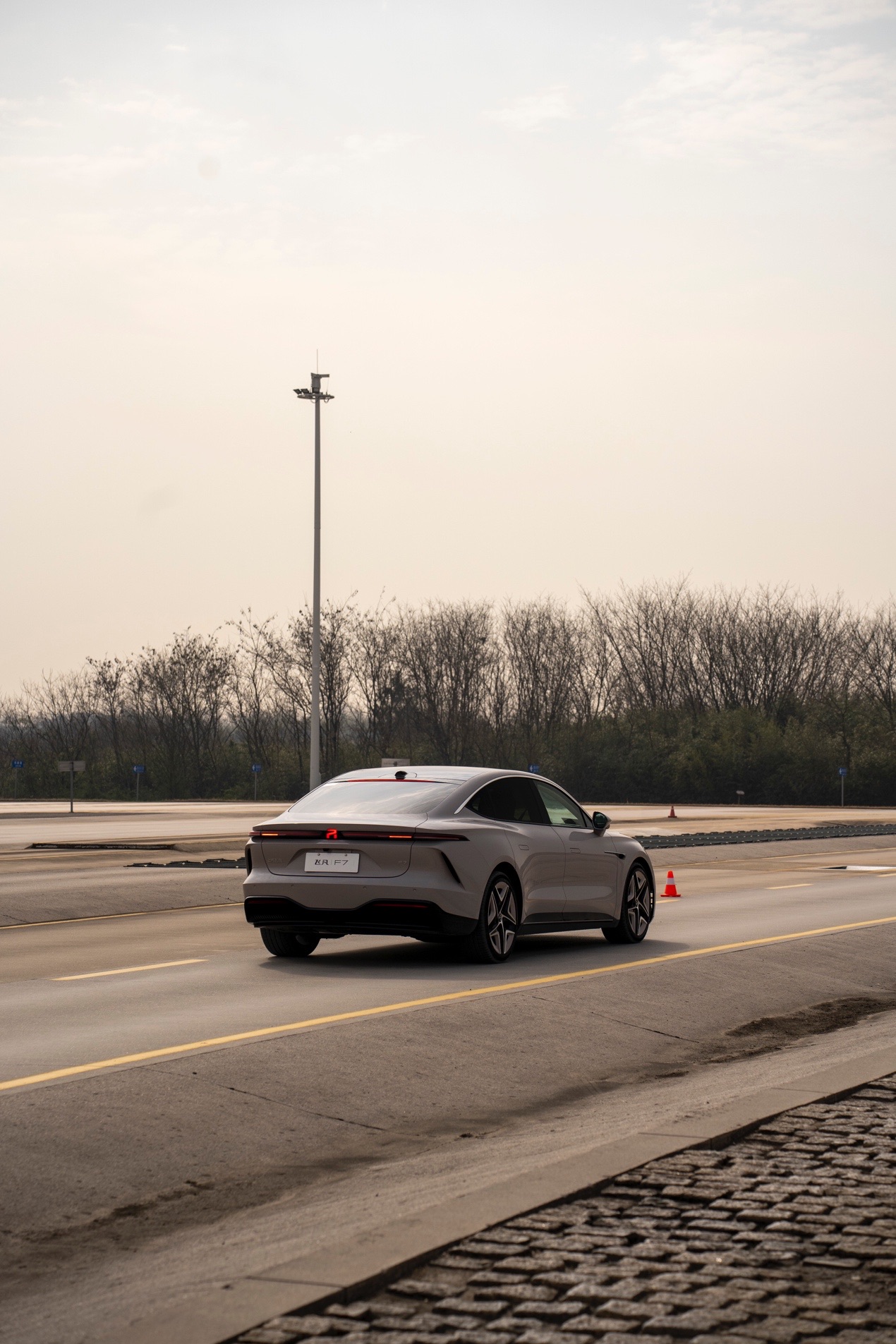
Since we have established a good foundation for the seating experience, speaking of the test drive on the streets with F7, the overall performance is similar to the earlier experience on different road surfaces. However, the driving conditions on open roads are generally a mixed bag, which puts more pressure on the overall design of the chassis.
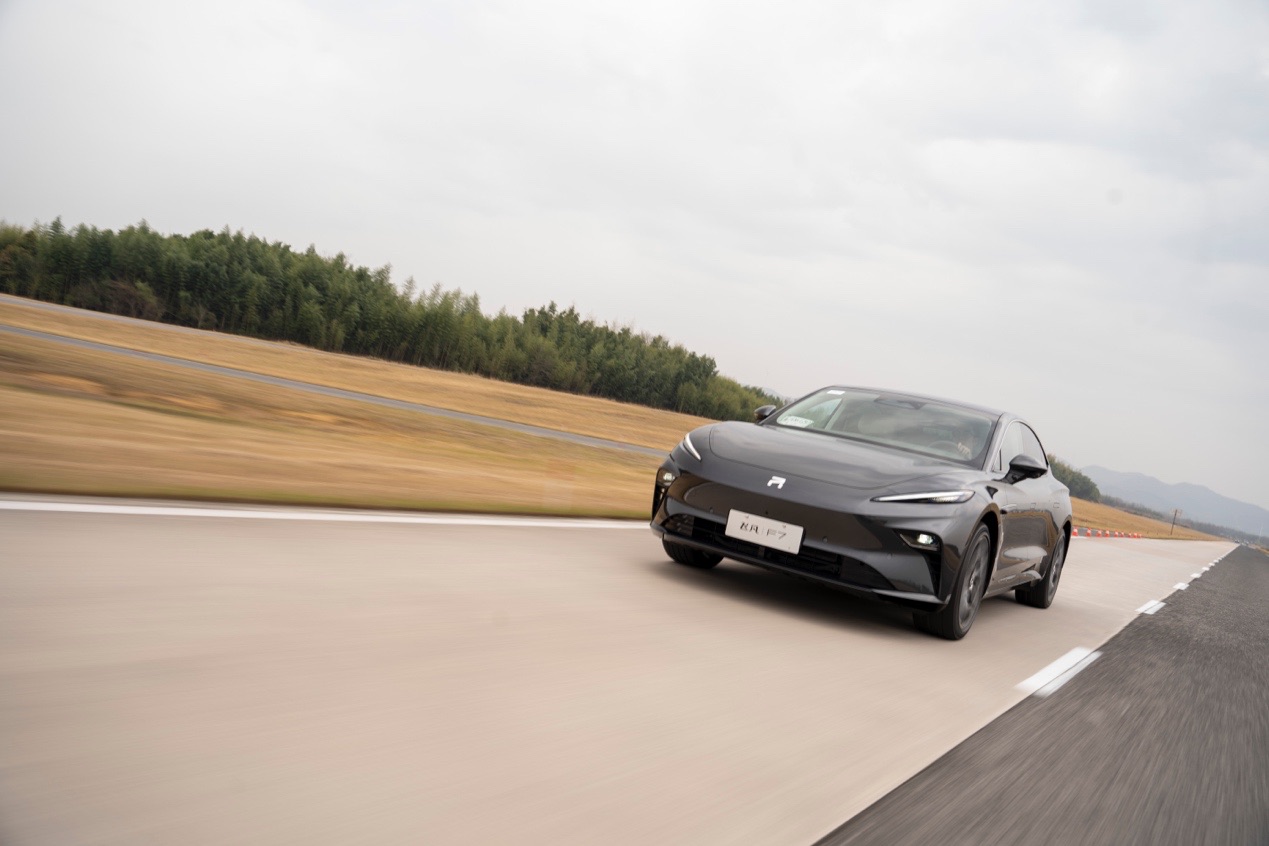
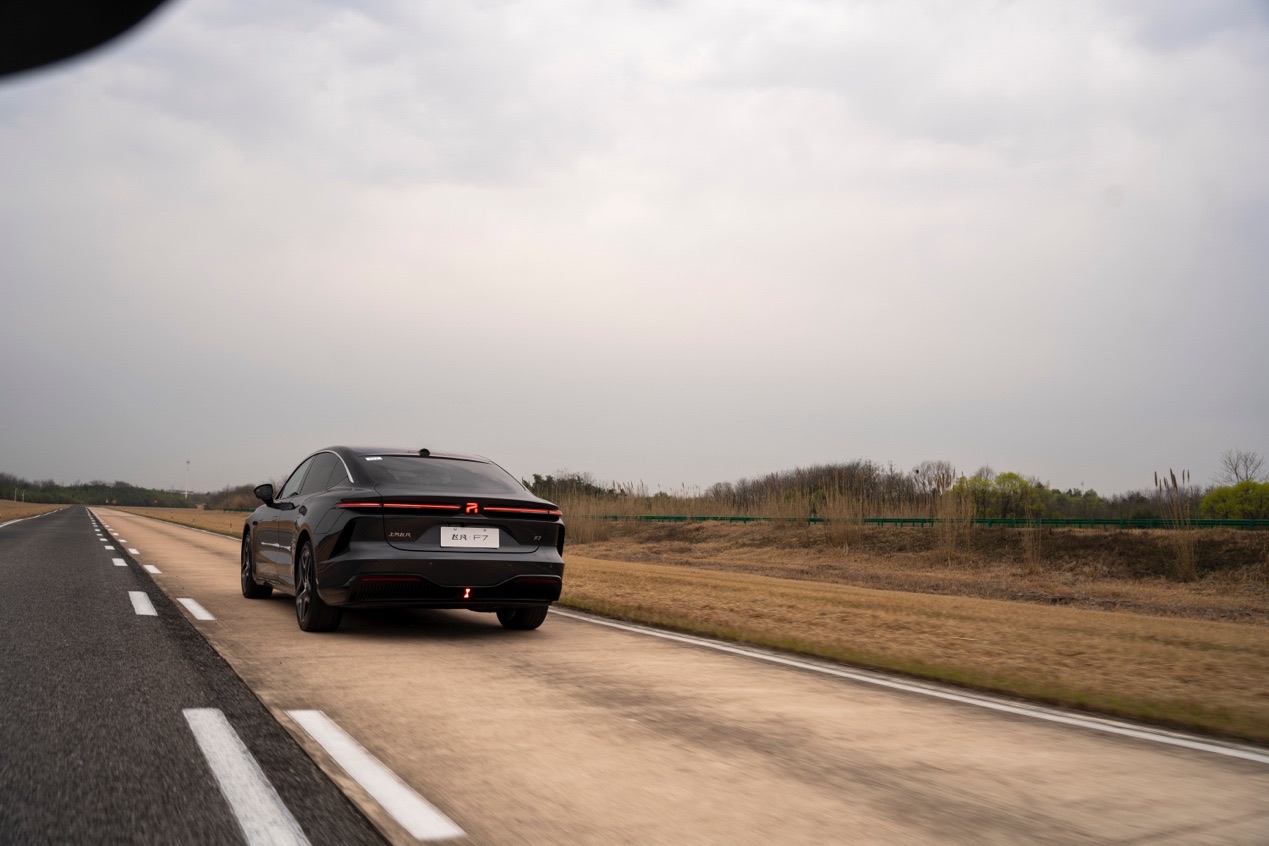
As far as I know, the F7’s suspension components have a high proportion of the use of aluminum alloys, which greatly reduces the impact of the suspension on the handling. In addition, the high-strength body structural components and the famous TianNaKe MTV CL Series of the F7 mechanical suspension all contribute to its resistance. The chassis is very sturdy, and during high-speed driving on flat roads, the suspension can suppress high and low-frequency vibrations well, and has stable support during the up-and-down travel. I must say that the performance of the F7’s chassis was very surprising to me, it is really stable.

In terms of steering and handling, the F7, Mercedes-Benz S-Class, and NIO ET7 all have their own characteristics. Let’s start with the Mercedes-Benz S-Class: the S-Class itself is positioned as “a boat”, smoothly and leisurely cruising between tall buildings, so the S-Class takes a large margin of error into account when calibrating the steering for driving. However, this does not mean that the S-Class has a vague direction. Mercedes-Benz has adjusted it to almost no vagueness, and has expanded the following feature of the front half of the steering range. This is also thanks to the variable steering ratio, so the technical skills of the hundred-year-old car brand are not exaggerated. NIO ET7’s steering calibration technology is not as advanced, it can sense the existence of vague direction, and once it exceeds the critical value, it will be more sensitive, as many of the friends who have test driven it can attest to. But fortunately, the following feature of the vehicle’s front and rear is still good!
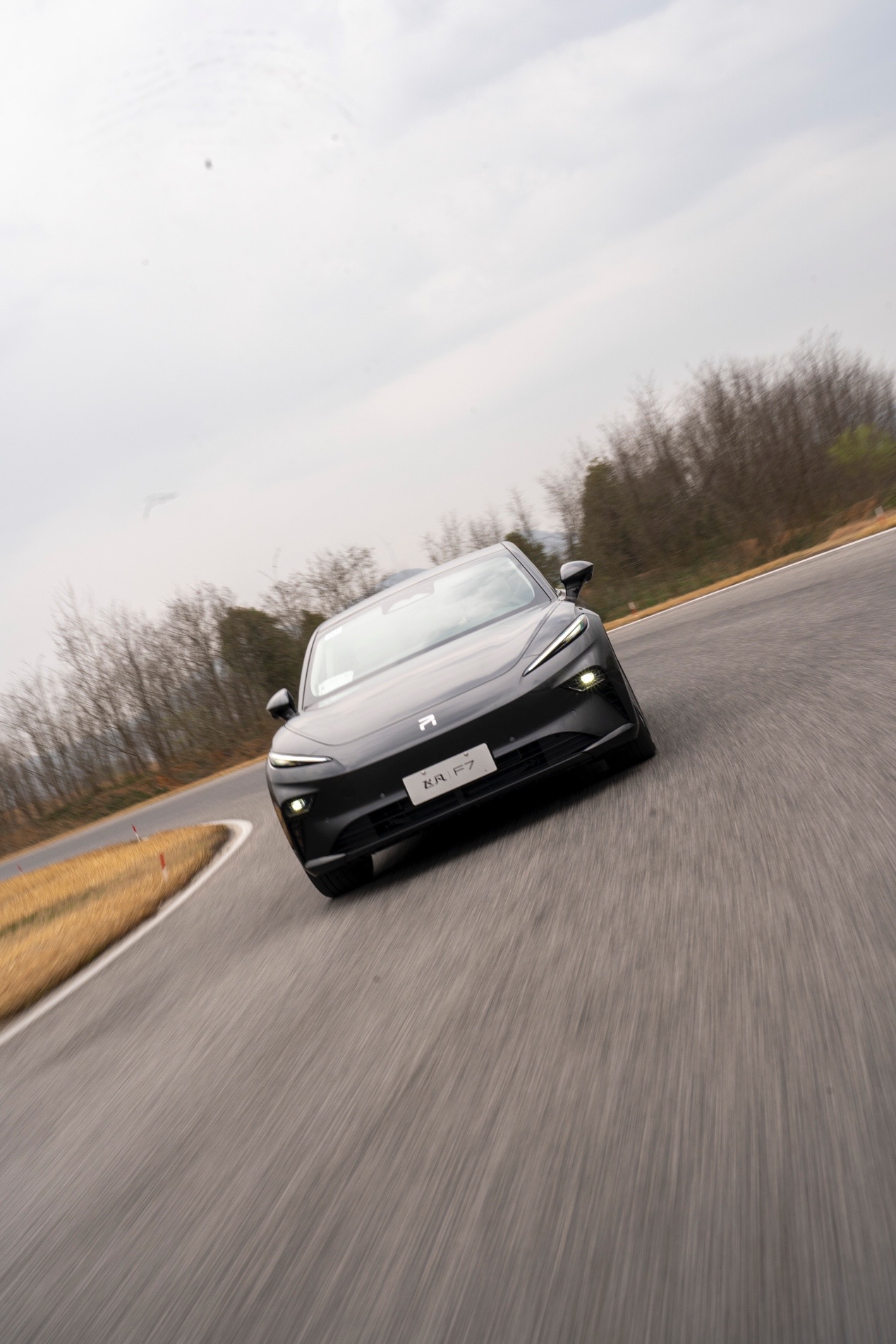
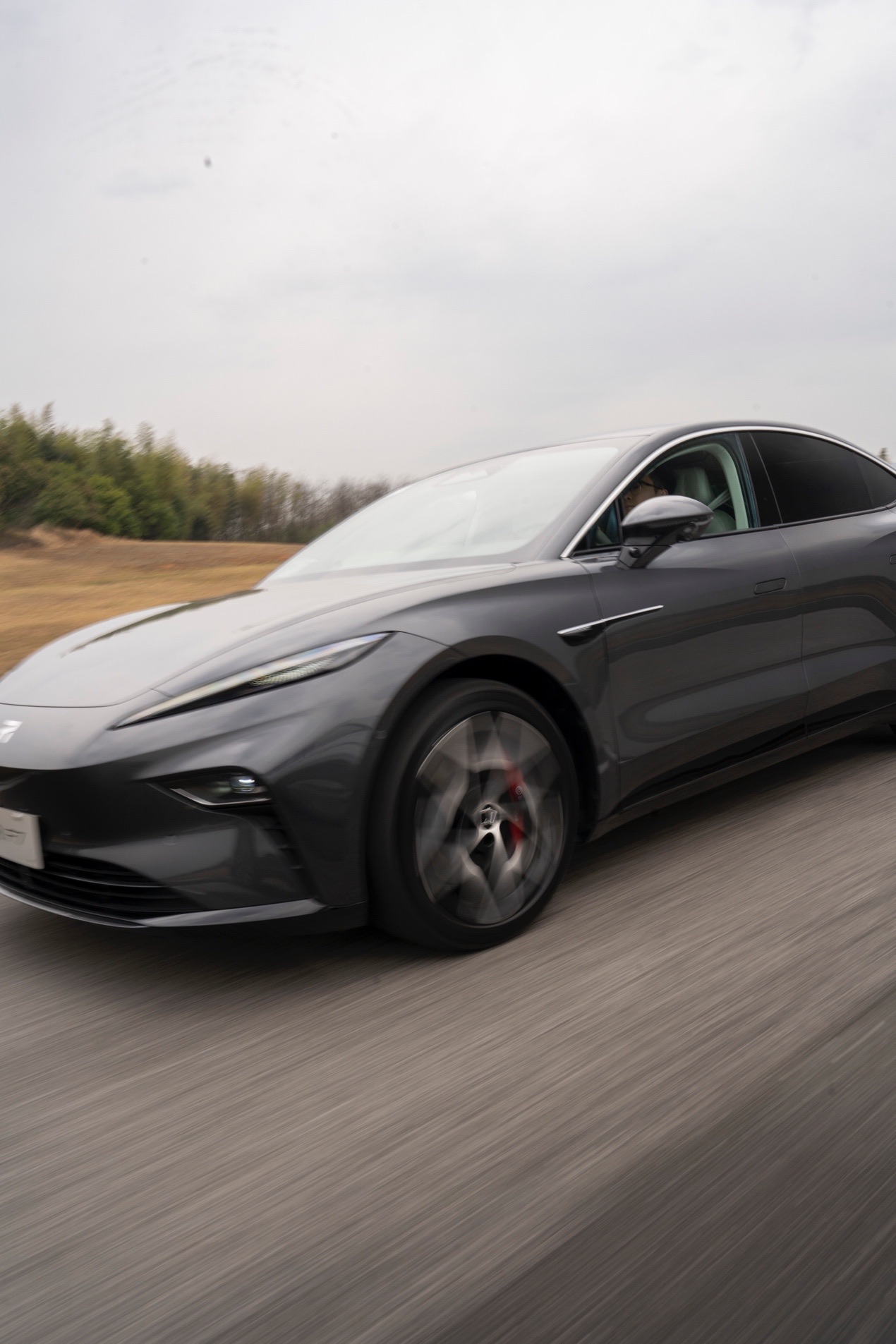

The steering of the FF F7 is also comfort-oriented. Although there is still some play, the distribution of steering momentum is more uniform than that of the NIO ET7, and it is more linear. It is easier to handle when driving.
“In summary, the F7 unexpectedly became the ‘nail'”
The comparison of this test drive is very interesting. It made me divide the concept of “price difference and product strength difference”. The FF F7 has the lowest price among the three cars, but it has a “reverse superiority” in some aspects, especially compared to the NIO ET7 priced at 500,000 RMB, which has an awkward positioning. Because the Mercedes-Benz S-Class is already the leader in the high-end market, and it has the ability to independently price itself based on its own product advantages (brand, positioning, mechanical quality, and technical tuning). The product strength and pricing match of the NIO ET7 seems ambiguous. In terms of mechanical quality, I think it cannot match its pricing, because having hardware and tuning are two different things. Even if NIO’s considerate service is in place, it still seems like a “futures” that car owners enjoy in advance, after all, NIO’s service also relies on a continuous stream of new car owners, and it won’t work if there is a break in the flow… Compared with the FF F7, taking the mechanical suspension to challenge the NIO’s air suspension also makes everyone realize the importance of hardware and tuning. The Bach cockpit and excellent chassis quality allow the FF F7 to have the potential to become a “nail holder” in the price range of 280,000 to 350,000 RMB (pre-sale price). This is the template for the three-match of pricing-positioning-product strength. Therefore, I will keep this FF F7 order and wait for the first batch of delivery. These are purely personal subjective analysis and for reference only. Your own opinions are welcome and discussions are encouraged.
This article is a translation by ChatGPT of a Chinese report from 42HOW. If you have any questions about it, please email bd@42how.com.
